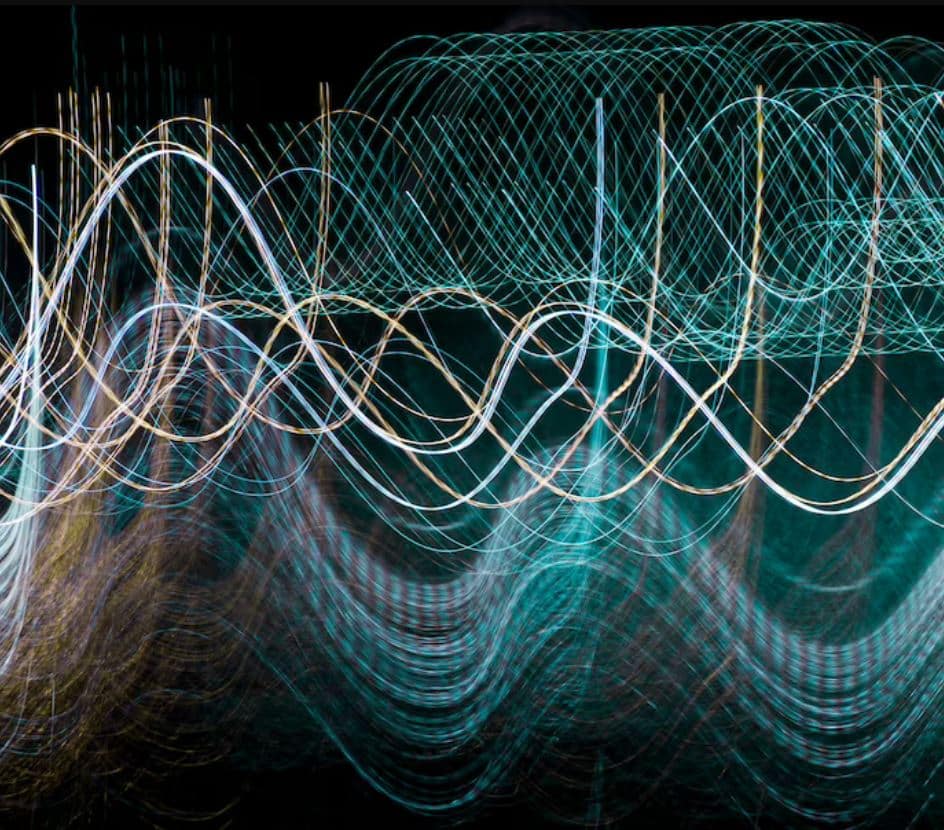Introduction to RF Energy Harvesting
Radio frequency (RF) energy harvesting is an energy conversion technique used to convert electromagnetic (EM) fields into electrical energy. One of the essential elements of the RFEH technique is the design of the antenna. This is determined by the RF-frequency, available space and needed power. RF energy can be received by placing a spiral wire on each side of metal plates. This creates two oppositely charged coils, which in turn generate electrical energy. While RFEH can be widely applied, it requires FCC approval due to the radiation of energy.
Applications of RF Energy Harvesting
RFEH can generate energy in the mWatt range for IoT devices. A well-known application is the Electronic Shelf Labels (ESL) in convenience stores, where every price label is RF powered through a UHF – reader and therefore wirelessly connected to be able to update product prices instantly from a distance (price tags have unidirectional communication).
Powercast, is a company specialised in RFEH based products where batteries or battery replacement is completely eliminated and applicable in various lifetime autonomous solutions.
Advantages of RF Energy Harvesting
Besides eliminating batteries and battery replacement, RFEH is an appealing solution which opens up a new era of applications like the ESL example and many others since no wiring is required at all, eliminating the cost of the wiring harness, but has also the freedom of placement.
Also, in consumer applications, RFEH is gradually finding its use. For example, in 2022, Samsung unveiled a remote control that can stay constantly charged through a combination of a solar cell and RFEH using Wi-Fi.



